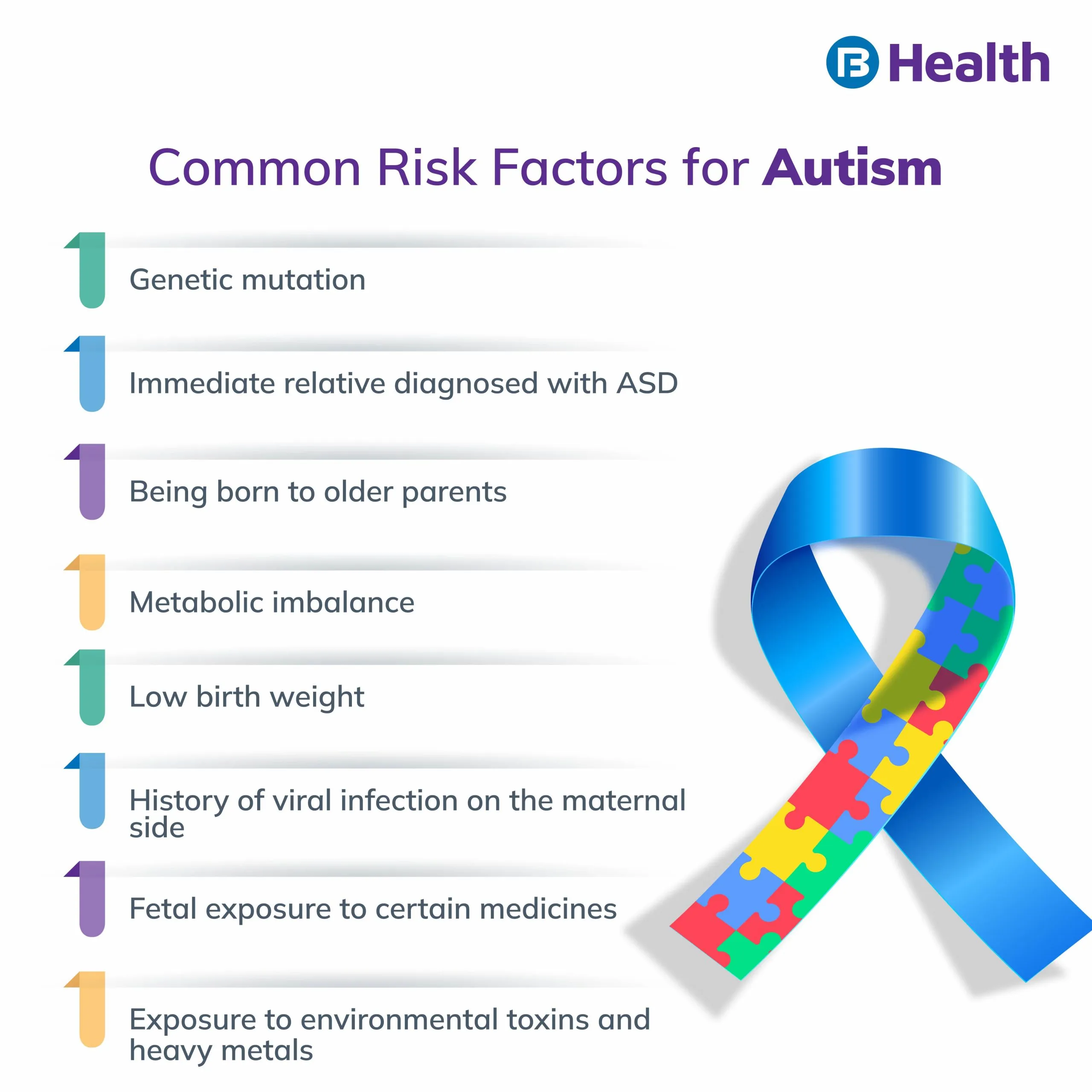General Health | 5 min read
World Autism Awareness Day: 5 Vital Things You Should Know
Medically reviewed by
Table of Content
Key Takeaways
- UN General Assembly declared 2 April as World Autism Awareness Day
- World Autism Awareness Day focuses on the needs of autistic people
- The World Autism Awareness Day theme this year is to promote inclusion
In 2008, the UN General Assembly called for observing the World Autism Awareness Day on April 2. The goal of celebrating this occasion is to shed light on the need for improvement in the quality of life for people with autism. This can help ensure that they lead a meaningful life while being an integral part of society.
For 2021 and 2022, World Autism Awareness Day theme is Inclusion in the Workplace. The core World Autism Awareness Day idea is to focus on the opportunities and challenges in the world. This is especially important because the pandemic brought to light the inherent inequalities in our society. These worsened for people with autism after the pandemic.
To change the world for people who have autism, playing your part is important. To know more about autism, its symptoms, and treatment options, read on.
What is autism?
Autism or autism spectrum disorder (ASD) refers to a group of neurodevelopmental conditions. They are characterized by the difference in social interaction and communication of the people with ASD. It is called a spectrum because different people can have a different range of symptoms. People from around the world get a diagnosis for ASD regardless of their ethnicity, race, or economic background. Note that boys are four times more likely to have an ASD diagnosis than girls [1]. The rate of autism has increased and around 1 in 160 children has ASD [2].
Additional Read: Obsessive-compulsive Disorder
What are the different types of autism?
Clinicians diagnose ASD based on its different symptoms and subtypes. These are recognized in Diagnostic and Statistical Manual of Mental Disorder, Fifth Edition. There are 4 subtypes of ASD which are as follows:
Asperger’s syndrome
People with Asperger’s may have a difficult time relating with others or socializing, and have restricted interests. Their thinking pattern and behavior may be repetitive and rigid.
Rett syndrome
Rett syndrome is a genetic neurological and developmental disorder that affects girls more than boys. It is a rare disease that affects brain development leading to a loss of speech and motor skills.
Childhood disintegrative disorder (CDD)
Also known as Heller’s syndrome, CDD is a rare disorder that children usually develop through the age of 3-4. Over a few months’ time, children with CDD may end up losing the skills that they had previously learned. This may include language, social, and motor skills.
Additional Read: World Alzheimer's Day
Kanner’s syndrome
This condition is also known as Classic Autistic Disorder, and can cause a number of challenges. These include difficulty in understanding or communicating with others, hypersensitivity to stimuli, or engaging in eye contact.
Risk factors for autism

What are the symptoms of autism?
The symptoms of autism are mainly classified into 2 categories, social communication and interaction, and patterns of behavior. The symptoms under these are:
- Social communication and interaction
- Failing to hear others or respond to their name
- Poor facial expressions and eye contact
- Resisting physical touch or preferring to stay alone
- Unlearning previously learned skills
- Having difficulty in speaking and expressing what they feel
- Being unaware of other’s feelings or emotions
- Difficulty in recognizing non-verbal cues like facial expression, tone, or posture
- Patterns of behavior
- Repetitive movements like hand flapping, spinning, or rocking
- Self-harm activities like head banging or biting
- Specific rigid routines or ritual
- Odd movement leading to difficulty in co-ordination
- Extreme sensitivity to light, touch, or noise but indifference to temperature and pain
- Obsessive attachment with an activity
- Specific preferences in terms of food
How is autism diagnosed?
Diagnosis of autism may include the following measures
- Screening
- Genetic testing
- Evaluation
How can you treat autism?
There is no cure available for ASD currently but the following options can help manage the symptoms:
- Occupational therapy
- Speech therapy
- Physical therapy
- Behavioral therapy
- Play therapy
It is important to remember that not every person may respond to the above options. You can also try some alternative remedies but consult a doctor before you proceed. Alternative remedies may include the following:
- High dose vitamins
- Hyperbaric oxygen therapy
- Melatonin for sleep issues
- Chelation therapy
Autistic people may take some time to find a treatment or support plan that best suits them. That is why it is important to know the symptoms and get a diagnosis of autism at an early stage. This will allow you to get better and more effective treatment plans. Early diagnosis of autism can help children make the most of their strengths. This can also give them the potential to lead an independent life.
If you have any queries related to autism, you can talk to the best practitioners on Bajaj Finserv Health. Book an appointment online, get answers to all your questions, and form the best treatment plan for you or your dear ones. This World Autism Awareness Day, pay attention and spread awareness about the disorder to help autistic people reach their full potential.
References
- https://www.autismspeaks.org/autism-statistics-asd
- https://www.who.int/news-room/fact-sheets/detail/autism-spectrum-disorders
Disclaimer
Please note that this article is solely meant for informational purposes and Bajaj Finserv Health Limited (“BFHL”) does not shoulder any responsibility of the views/advice/information expressed/given by the writer/reviewer/originator. This article should not be considered as a substitute for any medical advice, diagnosis or treatment. Always consult with your trusted physician/qualified healthcare professional to evaluate your medical condition. The above article has been reviewed by a qualified doctor and BFHL is not responsible for any damages for any information or services provided by any third party.



